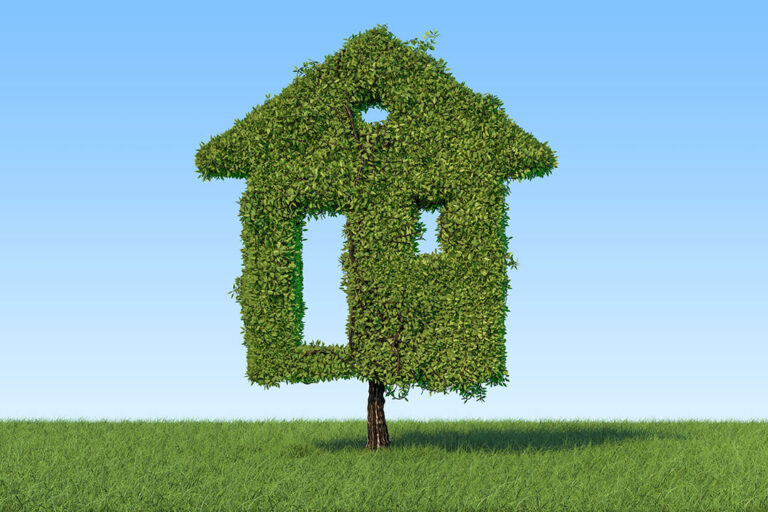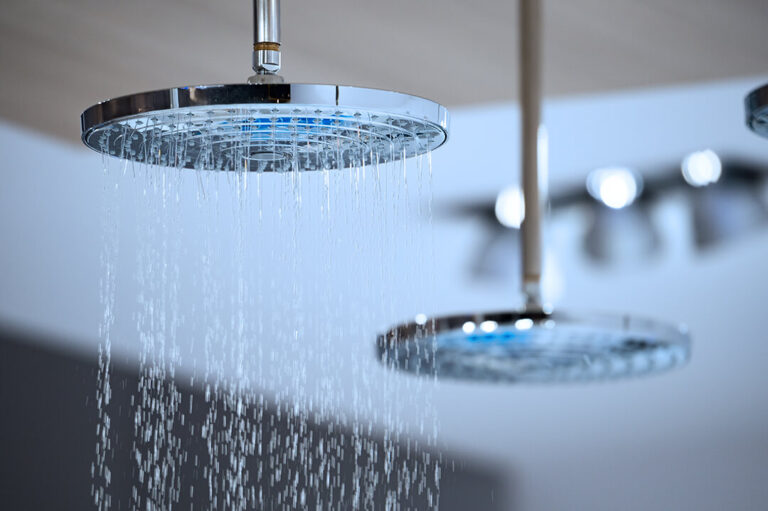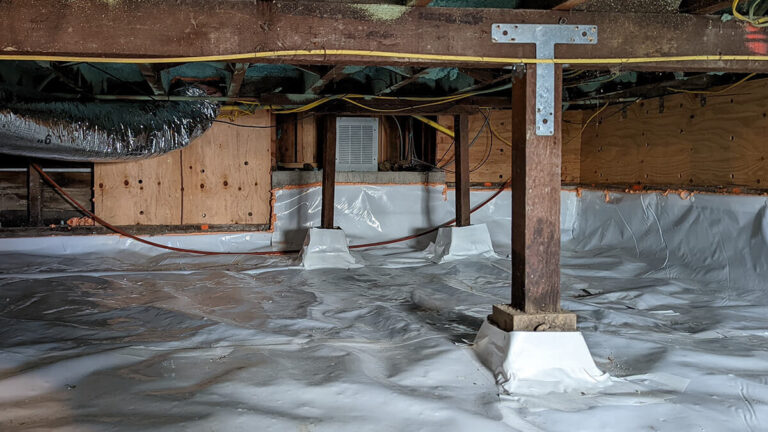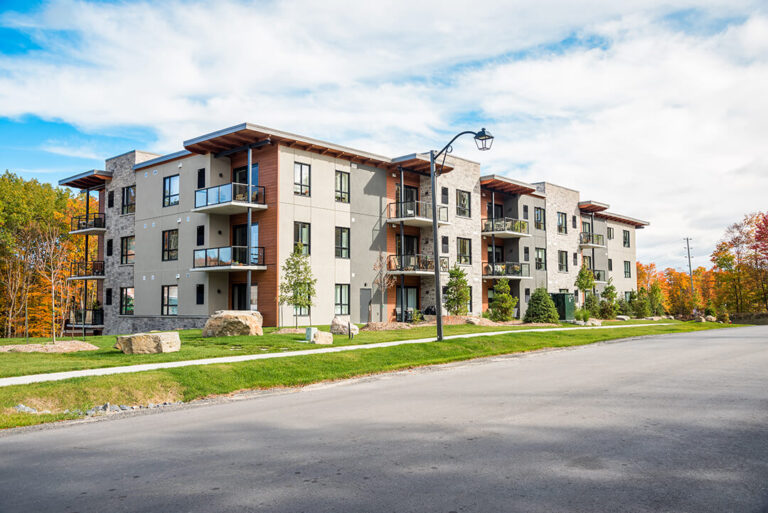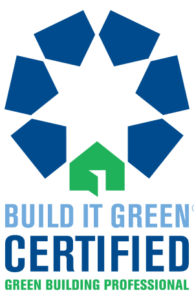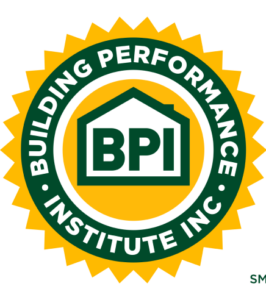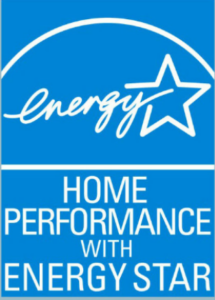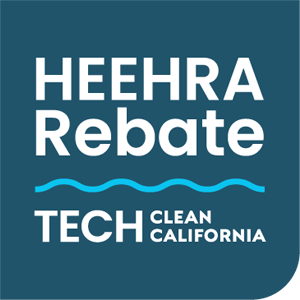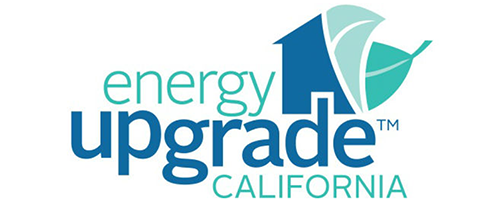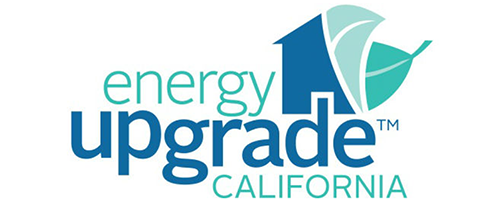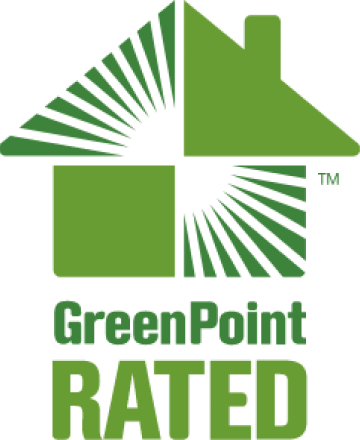The following contains information on what affects indoor air quality, and the steps you can take to improve it. If you already know you want to improve it, or you just want a technician to come have a look, call (925) 363-4498 or e-mail info@epbuilders.com
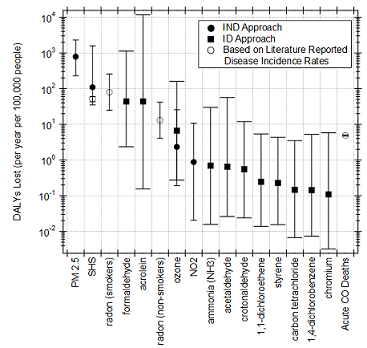
Air contaminants in homes have significant negative effects on occupant health
1. The extent to which each contaminant directly affects occupant health is uncertain.
2. The “safe level” of concentration for each contaminant is also uncertain.
3. But we are certain that homes with good IAQ report significantly less health problems, such as asthma and other respiratory issues, than homes with contaminated air. So, let’s get our IAQ to a point where we fall somewhere above that roughly drawn “safe line.”
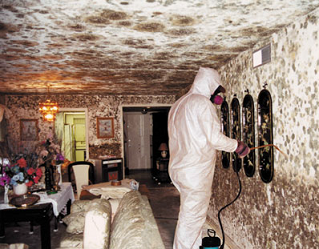
What are the most important pollutants?
1. Some building materials emit chemical pollutants and VOCs (volatile organic compounds). If you’re building or retrofitting a home, use building materials that are tested and/or certified by a 3rd party, such as:
Scientific Certification Systems, Green Guard, Green Seal, Carpet and Rug Institute, Collaborative for High Performance Schools Products Database, Pharos Database, Cradle-to-Cradle, GreenScreen Assessed, and others.
2. Moisture can be a major problem in a home. Mold can build up in a crawl space and contaminate indoor air. For more information on moisture problem solutions, see our blog about crawl space encapsulations.
3. Combustion from furnaces, water heaters, and cooking, can pollute a home with carbon monoxide and other waste gases. See below for ways prevent this.
4. Improper installation of equipment and/or lack of maintenance, sadly, is a common problem for IAQ. Make sure to follow through and have your duct leakage tested, and your equipment checked out.
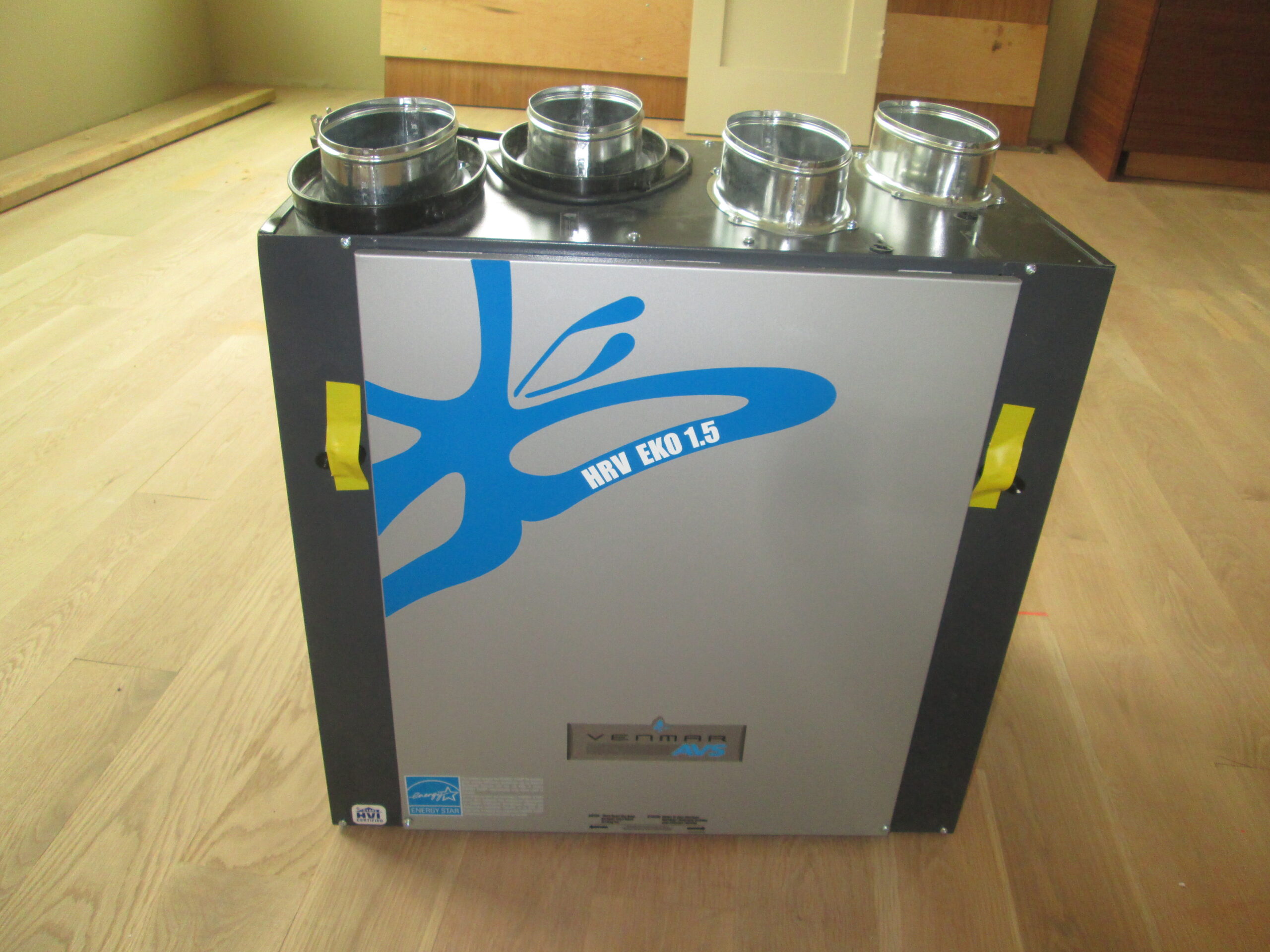
Take control of the air in your home
1. Sealing – The first step to protecting yourself from the above contaminants is to physically seal up your building envelope (ducts, attic, crawlspace). It turns out, this is also the first step in making your home more energy efficient. The goal is to cut off all sources of contaminated air, while aiming for a total indoor air flow rate of 0.35 Air Changes per Hour (ACH), or a little lower. This isn’t always realistic for existing homes as they tend to be leakier to begin with, but it’s still a good goal.
2. Ventilation System – A supply or balanced ventilation system (separate from an HVAC system) is almost always recommended even if one hasn’t got down to the 0.35 ACH leakage levels. If home’s leakage gets down 0.28 ACH or below, you should have either a supply or a balanced ventilation system of some kind, that is designed to run continuously (See HRVs). This setup is much more energy efficient, even after adding the mechanical ventilation system (especially with an HRV).
3. Exhaust Ventilation – The above #2 talks about both supply and balanced ventilation. Note that a balanced ventilation is one that both supplies fresh air and and exhausts stale air simultaneously in equal volumes and is the ideal case. However, at the very least when looking to improve air quality one needs to be able to rely on the exhaust ventilation (bathroom fans and kitchen range hoods at the least). Use them when showering and cooking! In your average home they are rarely installed correctly and are only partially effective but it’s far better than nothing.
Other ways to protect your air
1. Cooking – upgrade to a bigger range hood (meaning a wider capture hood) if necessary, and turn that fan on every time you use your stove or oven. Make sure it actually vents to the outside and isn’t one of those range hood fans that just shoots it right back into the kitchen.
2. Moisture – seal up your crawlspace and install a vapor barrier. In extremely humid climates (not California), a dehumidifier can be useful. Turn on your bathroom fan when showering! A balanced ventilation system such as an HRV system replaces the need for bathroom fans as it is an exhaust and a supply system.
3. Source Control – Pressed wood furniture, building materials, paint, and various other sources emit formaldehyde. Federal regulations are currently being developed, which should drastically reduce formaldehyde emissions from manufactured wood products. For now, avoid pressed wood products, and if you do end up with some, let them “air out” outdoors before bringing them in. Also, use low-VOC paint for indoors.
4. Gas Combustion – Avoid gas and combustion appliances when possible. Use an electric stove. Use a sealed combustion furnace and water heater, or better yet, invest in a heat pump.
5. Maintain your home – Have a technician check your HVAC equipment and your mechanical ventilation system and test the leakage of your duct system. Clean/replace your air filters.
6. Storage – Avoid storing chemicals, paint cans etc in a garage. Do not make the mistake in assuming you will not be exposed to these things just because its in the garage and not in some hall closet. If you have a separate storage shed, use that instead. This is especially important for those who have your furnace system in the garage. A leak at this unit or in the ducts can pull this garage air into the home. Also, if you have a bedroom above a garage, again, do not make the mistake in assuming the garage ceiling is sealed and do NOT idle your car in the garage in this case.
For more information, call (925) 363-4498 or e-mail info@epbuilders.com to speak to a technician, or schedule an energy audit.



